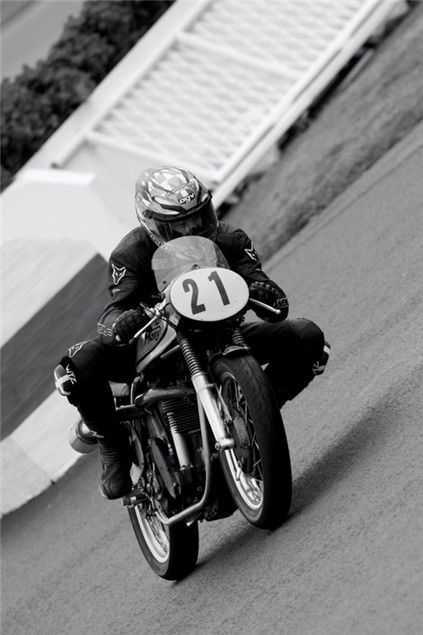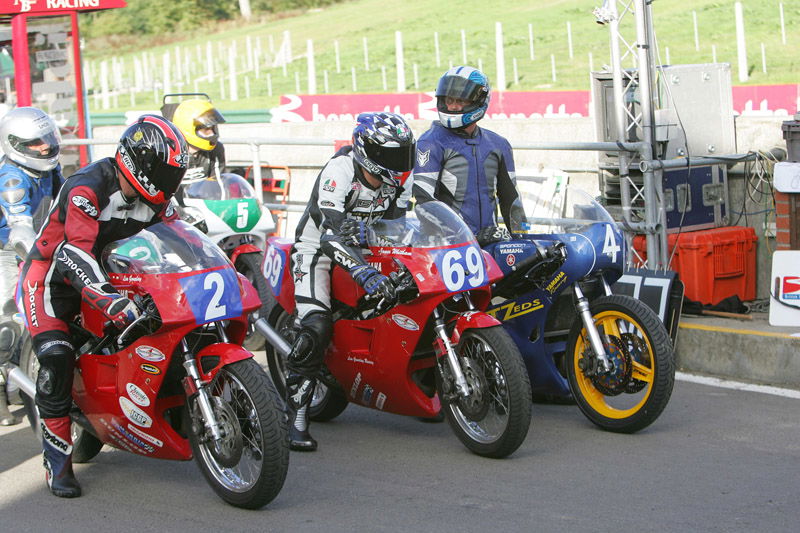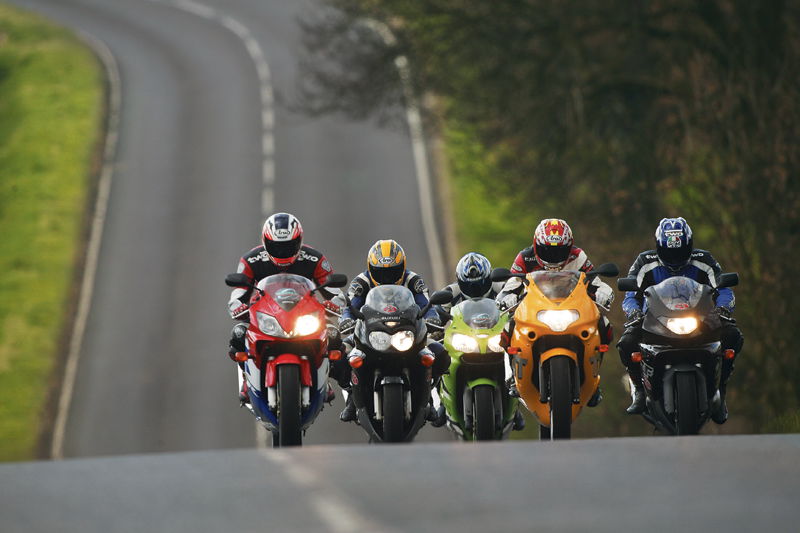Used Test: Manx Norton
Niall has revisited the Goodwood Revival, looking to improve on his initiation with the Manx Norton


Scotland lost a true hero when the great Bob McIntyre was killed at Oulton Park in 1962. At the time I was only one year old so I never saw the man race. However, I was fortunate to spend my teen years around a man that did.
Pim Fleming, from Motherwell, was Bob's friend, mechanic and companion, sharing all the highs and lows of racing around Europe, not least at the IoM TT where Bob Mac famously clocked the first ever 100mph lap. I got to know Pim through two school friends, Alistair and Stewart Rae, who's father Jimmy employed him to fettle their TZs.
During his numerous tea breaks, Pim would recite endless tales of Bob's adventures while racing Hondas, Gileras and Manx Nortons. Bob was way ahead of his time in the organisational, technical and fitness stakes but Pim made it clear when malt whisky was around shenanigans almost certainly occurred. As it was a bygone era, I never in my wildest dreams thought those days could ever be relived. But I was mistaken. Now, thanks to the annual Goodwood Revival, everyone is allowed to top up their glasses and take a trip back in time, while I have the perfect excuse to pull on some black leathers and become Bob Mac for the weekend.
My mount this year was a Walmsley Manx, built by Preston's jovial Fred Walmsley but owned and prepared by his good friend Myles.
The double overhead cam 500cc single motor with five-speed box produces around 50bhp and I'm told can reach speeds of 150mph with the right gearing, hill and a tailwind.
The suspension and brakes are basic but work incredibly well. Good race bikes always give riders confidence plus excellent feedback, and the Manx is no exception. By modern standards the engine sounds and feels like a cement mixer, but the light handling and 'at one with the machine' feeling puts many modern bikes to shame.
As with any racing, being smooth and keeping good rhythm is crucial. Miss an apex or, even worse, a gear and you'll lose 10 bike lengths in a blink. Otherwise racing is just racing, which means looking for slipstreams, nipping a bit on the brakes and getting on the throttle earlier.
My main rivals for the Barry Sheene Memorial race were ex team-mate and 1987 500cc World Champ Wayne Gardner, along with last year's winner Duncan Fitchett. After qualifying third I felt victory wasn't out of the realms of possibility. Unfortunately it rained then stayed damp, and so not wanting to trash Myles's pride and joy, two fourth places were all I could muster. Although I had never seen or ridden the bike before the weekend I loved every lap, and I thoroughly enjoyed my tussles with Chas Mortimer on his Manx and a certain Michael Rutter on a suspiciously fast 450cc Honda, which fortunately for me had a dodgy gearbox.
Classic racing is very clever as it transports us back to a happy place with everyone in the paddock in a good mood, including the officials, teams, riders and spectators. And that's really the way it was back then too. You just need to look back at rostrums of old and you'll notice everyone was enjoying the occasion. Dani Pedrosa take note!


